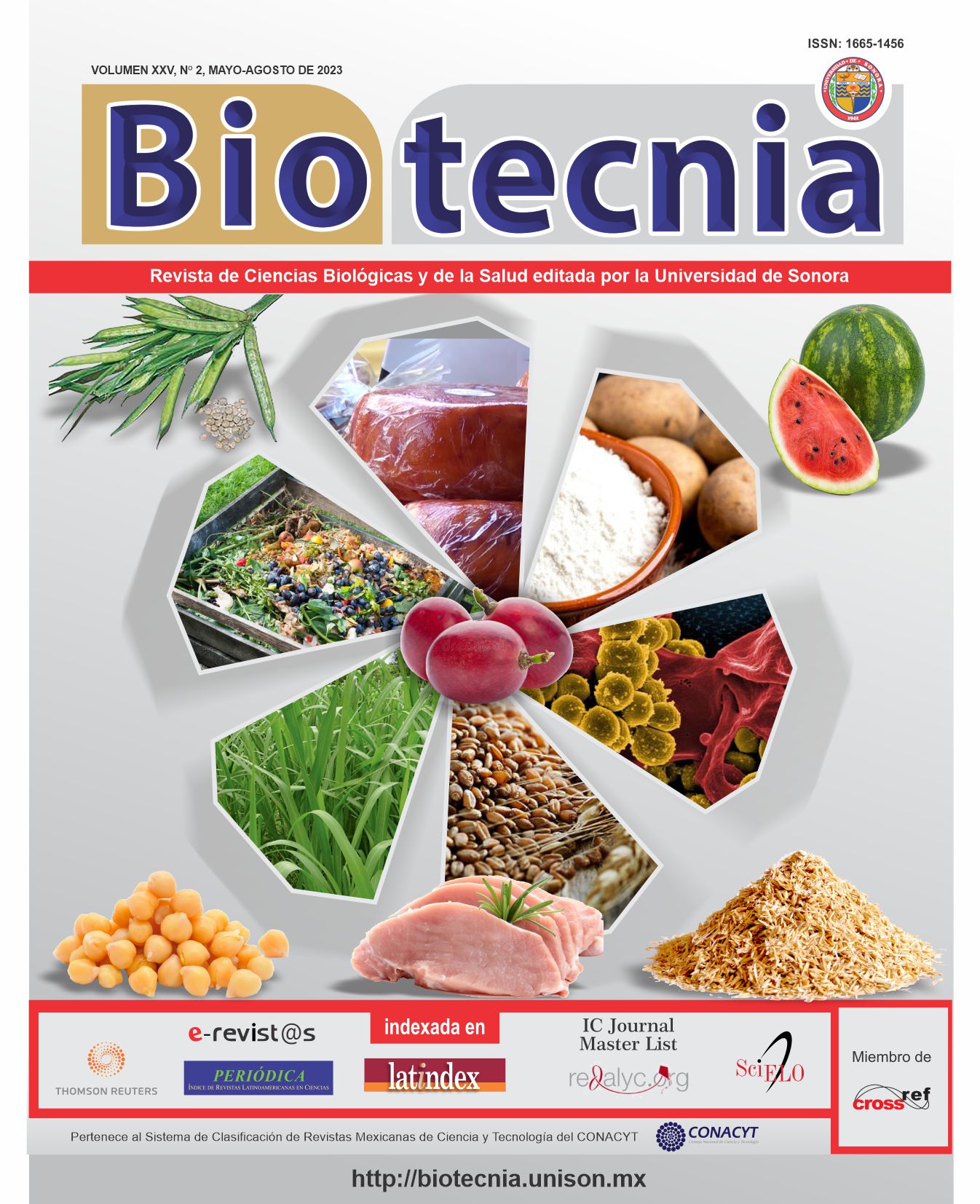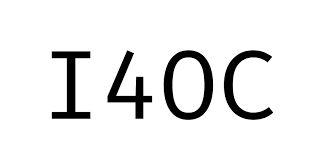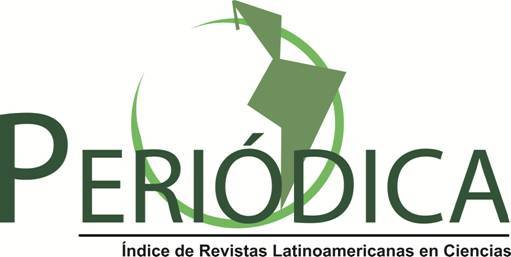Yield and chemical composition of Panicum maximum cv. Tanzania in a silvopastoral system in Chiapas
Panicum maximum cv. Tanzania in a silvopastoral system
DOI:
https://doi.org/10.18633/biotecnia.v25i2.1844Keywords:
biomass, Leucaena leucocephala, Panicum maximum, silvopastoral systemAbstract
To evaluate the effect of the incorporation of L. leucocephala on biomass production and the chemical composition of P. maximum cv. Tanzania in a silvopastoral system, an experiment was established in two grasslands, established with P. maximum cv. Tanzania as the only crop in one of them and in the other associated with L. leucocephala in an arrangement of pastures in alleys. In each meadow, 12 exclusion cages of 1m3 were placed in a completely random design with 2x4 factorial arrangement, two systems (monoculture and silvopastoral) and four cutting dates (28, 56, 84 and 112 days) and three repetitions. Chemical fertilization with Phosphonitrate was applied in each of the exclusion cages for both treatments. A significant difference was observed between systems for the variables height, coverage, production of organic matter (kg/ha), production of crude protein (kg/ha) and the percentage of FDN, reporting the best values of the silvopastoral system. It is concluded that the use of Leucaena offers important advantages if it is considered that it is capable of producing food of high nutritional value for animals, in addition, it improves the quality and quantity of forage of the system.
Downloads
References
Alvarado-Canché, A., Canul-Solis, J., Castillo-Sánchez, L. E., Campos-Navarrete, M. J., López-Cobá, E. H., Luna-Mendicuti, A. A., Ruz-Febles, N.M., Alayón-Gamboa J.A., Casanova-Lugo,F., Piñeiro-Vázquez, A.T. y Chay-Canul, A. 2022. Producción y calidad forrajera de Cynodon plectostachyus bajo sistema silvopastoril con Leucaena leucocephala. Tropical and Subtropical Agroecosystems. 25:1-9.
AOAC. 1990. Official Methods of Analysis, 17th edn. Arlington, VA, USA: Association of Official Analytical.
Arana, S. M. 2009. Degradación de potreros en Comunidades Ganaderas de Áreas Naturales Protegidas de Chiapas. Tesis Profesional Universidad Autónoma de Chiapas. Facultad de Ciencias Agronómicas Campus V, Chiapas, México.
Canul-Solis, J.R., Castillo-Sánchez, L.E., Escobedo-Mex, J.G., López-Herrera, M.A. y Lara y Lara, P.E. 2018. Rendimiento y calidad forrajera de Gliricidia sepium, Tithonia diversifolia y Cynodon nlemfuensis en monocultivo y sistema agroforestal. Agro ciencia 52(6): 853-862.
CATIE. 2002. Proyecto “Desarrollo participativo de alternativas de uso sostenible de la tierra para pasturas degradadas en centroamérica” Turrialba, Costa Rica, 28 p.
Crespo, G. y Fraga, S. 2006. Avances en el conocimiento del reciclaje de los nutrientes en sistemas silvopastoriles. Memorias IV Congreso Latinoamericano de Agroforestería para la producción pecuaria sostenible. III Simposio sobre sistemas silvopastoriles para la producción ganadera sostenible. Varadero, Cuba. Pp 104.
Cruz-Sánchez O. 2018. Producción de forraje y valor nutritivo del pasto mulato II (Bracharia híbrido 36087) a diferentes regimenes de pastoreo. Agroproductividad 11: 18–23.
Dillewijn, C.V. 1973. Botánica de la caña de azúcar. Edición Revolucionaria. Editorial Pueblo y Educación. La Habana, Cuba. 460 p.
Encinozo, G.O., Camacaro, C.S., Pinto, S.L. y Ríos D.A.L. 2017. Efecto de la presencia de sombra en áreas de pastoreo de ovinos. 1. Selección de especies forrajeras. Pastos y Forrajes. 40(1):65-72.
Guenni, O., Seiter, S. y Figueroa R. 2008. Growth responses of three Brachiaria species to light intensity and nitrogen supply. Trop. Grassl. 42:75-87
Hernández, H.M., López O.S., Jarillo R.J., Ortega J.E., Pérez E.S., Díaz R.P. y Crosby G.M.M. 2020. Rendimiento y calidad nutritiva del forraje en un sistema silvopastoril intensivo con Leucaena leucocephala y Megathyrsus maximus cv. Tanzania. Revista mexicana de ciencias pecuarias, 11(1):53-69.
Instituto Nacional de Estadística, Geografía e Informática (INEGI). 2003. Anuario Estadístico, Chiapas, México. 5 p.
Lok, S. 2005. Estudio y selección de indicadores de la estabilidad en el sistema suelo-planta de pastizales en explotación. Tesis presentada en opción al grado de Doctor en Ciencias Agrícolas. Instituto de Ciencia Animal. La Habana, Cuba.130 p.
Medinilla-Salinas, L., Vargas-Mendoza, M., López-Ortiz, S., Ávila-Reséndiz, C., Campbell, W. y Gutiérrez-Castorena, M. 2013. Growth, productivity and quality of Megathyrsus maximus under cover from Gliricidia sepium. Agroforestry Systems, 87:891–899.
Nanami, S., Kawaguchi H., y Yamakura, T. 2011. Spatial pattern formation and relative importance of intraand interspecific competition in codominant tree species, Podocarpus nagi and Neolitsea aciculata. Ecol. Res. 26:37-46.
Núñez D.J., Ñaupari, V.J. y Flores, M.E. 2019. Comportamiento nutricional y perfil alimentario de la producción lechera en pastos cultivados (Panicum maximum Jacq). Rev. Inv. Vet. Perú 30: 178-192.
Obispo, N., Espinoza, Y., Gil, J., Ovalles, F. y Rodriguez M. 2008. Efecto del sombreado sobre la producción y calidad del pasto guinea (Panicum maximum) en un sistema silvopastoril. Zootec. Trop. 26: 285-288
Paciullo, D.S.C., Gomide, C.A.M., Castro, C.R.T., Maurício, R.M., Fernández, P. B. y Morenz, M.J.F. 2016. Morphogenesis, biomass and nutritive value of Panicum maximum under different shade levels and fertilizer nitrogen rates. Grass and Forage Science. 72(3):590 -600.
Padilla, C. 2002. Métodos de laboreo y fertilización química del suelo en la recuperación de un área forrajera de guinea Panicum máximum jacq). Revista Cubana de Ciencias Agrícolas. 36(2):173-179
Páez, A., Gonzalez, M.E. y Villasmil, J. 1997. Acclimation of Panicum maximum to different light regimes. Effect of subsequent defoliation. Rev. Fac. Agron. (Luz). 14: 625.
Pérez, L.E., Kú V.J.C., Ramírez A.L. y Martínez H.S. 2012. Suplementación con G. Sepium: Su efecto en la digestión ruminal y el comportamiento de bovinos en pastoreo intensivo en la época de lluvias. Pastos y Forrajes. Suplemento1. 25(4):1-12
Pezo, D. e Ibrahim, M. 1999. Sistemas silvopastoriles. Módulo de enseñanza agroforestal No 2. CATIE-GTZ. Turrialba, Costa Rica. 275 p.
Pineda-Doporto, L.E., Castillo-Sánchez, A.R., Alvarado-Canché, M.J., Campos-Navarrete, A.J., Chay-Canul, A.T., Piñeiro-Vázquez, J.R. y Canul-Solis, J. R. 2019. Producción Forrajera de Brachiaria brizantha bajo Monocultivo y Sistema Silvopastoril. En: Agroecosistemas tropicales: conservación de recursos naturales y seguridad alimentaria Tecnológico Nacional de México. Pp. 422-426
Rivas, L.R. 2002. Impacto económico de la adopción de pastos mejorados en América Latina tropical. Centro Internacional de Agricultura Tropical (CIAT). Cali, CO. 38 p.
Romero, D.G., Echevarría R.M., Trillo Z.F., Hidalgo L.V., Aguirre T.L., Robles R.R. y Núñez D.J. 2020. Efecto del faique (Acacia macracantha) sobre el valor nutricional del pasto guinea (Panicum maximum Jacq.) en un sistema silvopastoril. Revista de Investigaciones Veterinarias del Perú. 31(1): e17562.
Sánchez, S., Crespo, G. y Hernández, M. 2007. Acumulación de hojarasca en un pastizal de Panicum maximum y en un sistema silvopastoril de Panicum maximum y Leucaena leucocephala. Pastos y forrajes 30(3):139 p.
Santiago-Hernández, F., López-Ortiz, S., Ávila-Reséndiz, C., Jarillo-Rodríguez, J., Pérez-Hernández P. y Guerrero-Rodríguez, D.J. 2016. Physiological and production responses of four grasses from the genera Urochloa and Megathyrsus to shade from Melia azedarach L. Agrofor. Syst. 90:339-349.
SAS. 2006. Institute Inc., SAS/STAT. Software, Ver. 9.00. SAS, Cary, NC, USA.
Smethurst, P.J., Huth, N.I., Masikati, P., Sileshi, G.W., Akinnifesi, F.K., Wilson, J. y Sinclair, F. 2017. Accurate crop yield predictions from modelling tree crop interactions in gliricidia-maize agroforestry. Agricultural Syst. 155:70-77
Steel, R.G.D., Torrie, J.H. y Dicky, D.A. 1997. Principles and Procedures of Statistics, A Biometrical Approach. 3rd Edition, McGraw Hill, Inc. Book Co., New York. 672 p.
Szott, L., Ibrahim, M. y Beer, J. 2000. The hamburger connection hangover: cattle, pasture land degradation and alternative land use in central América, CATIE, Costa Rica. 43 p.
Toledo, J. y Fisher, M. 1989. Aspectos fisiológicos de Andropogon gayanus y su compatibilidad con leguminosas forrajeras. En: Andropogon gayanus Kunth: Un pasto para los suelos ácidos del trópico. J. Toledo, R. Vera, C. Lascano y J. Lenné (eds.). Centro Internacional de Agricultura Tropical. Cali, Colombia. 69 p.
Van Soest, P.J., Robertson J.B. y Lewis, B.A. 1991. Methods for dietary fibre neutral detergent fibre and non-starch polysaccharides in relation to animal nutrition. J. Dairy Sci. 74: 3583–3597.
Wong, C.C. y Wilson, J.R. 1980. Effects of shading on the growth and nitrogen content of green panic and siratro in pure and mixed swards defoliated at two frequencies. Aust. Jour. Agric. Res. 31: 269.
Xavier, D.F., Ledo, F.J., Paciullo, D.S., Urquiaga, S., Alves, B.J. y Bodde, R.M. 2014. Nitrogen cycling in a Brachiariabased silvopastoral system in the Atlantic Forest region of Minas Gerais, Brazil. Nutr Cycl Agroecosys 99: 45-62.
Downloads
Published
How to Cite
Issue
Section
License
Copyright (c) 2023

This work is licensed under a Creative Commons Attribution-NonCommercial-ShareAlike 4.0 International License.
The journal Biotecnia is licensed under the Attribution-NonCommercial-ShareAlike 4.0 International (CC BY-NC-SA 4.0) license.

















_(2).jpg)







